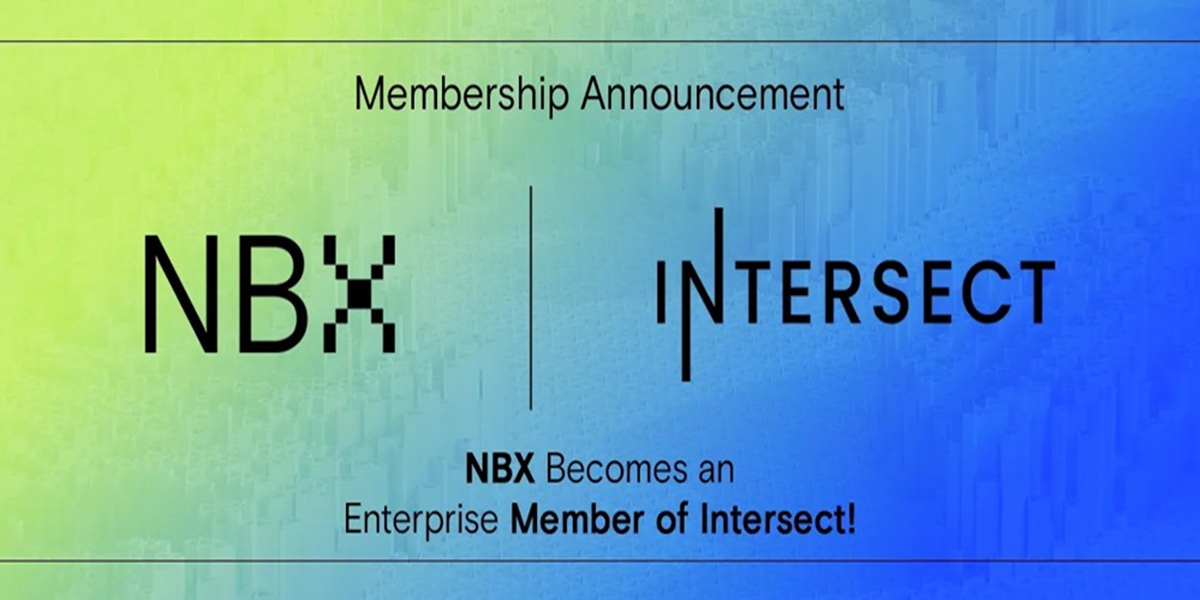Blockchain technology is a distributed, decentralized digital ledger that records transactions in a secure, transparent, and verifiable manner. It is a revolutionary technology that allows for the creation of tamper-proof, transparent, and immutable records that can be shared among multiple parties without the need for a central authority or intermediary.
In a blockchain, transactions are verified by a network of nodes, and once validated, they are added to a block. Each block is cryptographically linked to the previous block, creating a chain of blocks or a "blockchain". The blockchain is maintained by a network of nodes, and any changes or modifications to the blockchain require consensus from the majority of the nodes.
The benefits of blockchain technology include increased transparency, security, and efficiency, as well as eliminating the need for intermediaries or central authorities. The technology has numerous applications, including in finance, supply chain management, healthcare, voting, and more.
Blockchain technology was first introduced in 2008 as the underlying technology behind Bitcoin, the first decentralized digital currency. However, since then, it has been applied to a wide range of use cases beyond cryptocurrencies.
Read more about blockchain applications in our blog article "What is Blockchain? A Simple Explanation for Beginners".
The article does not constitute financial advice.


